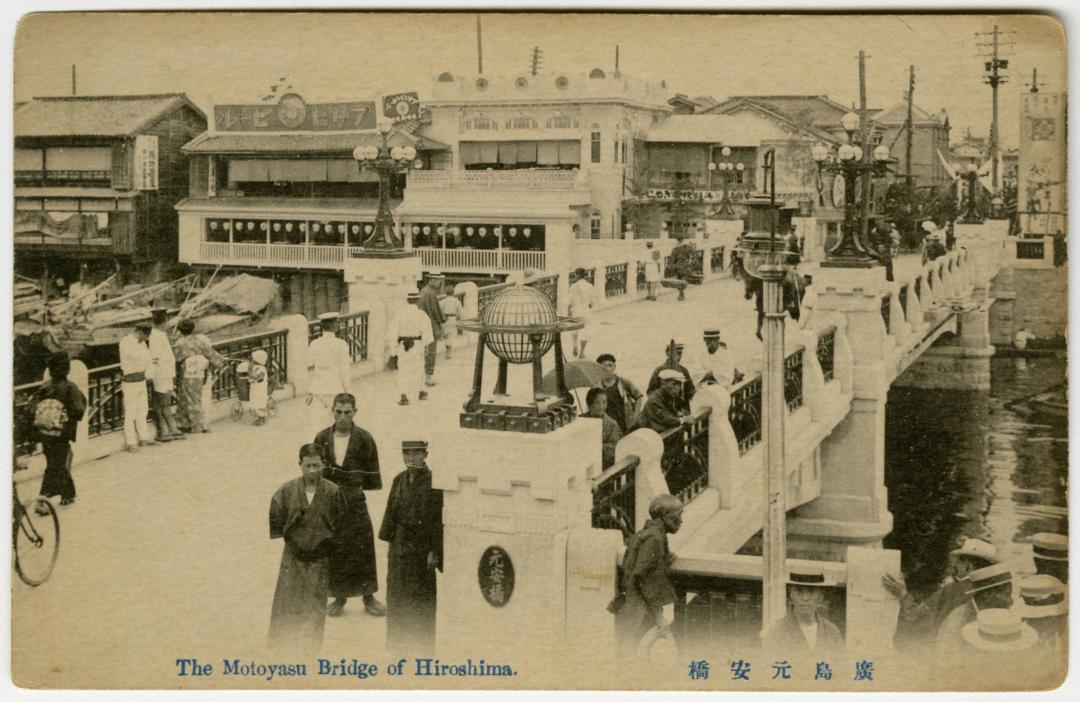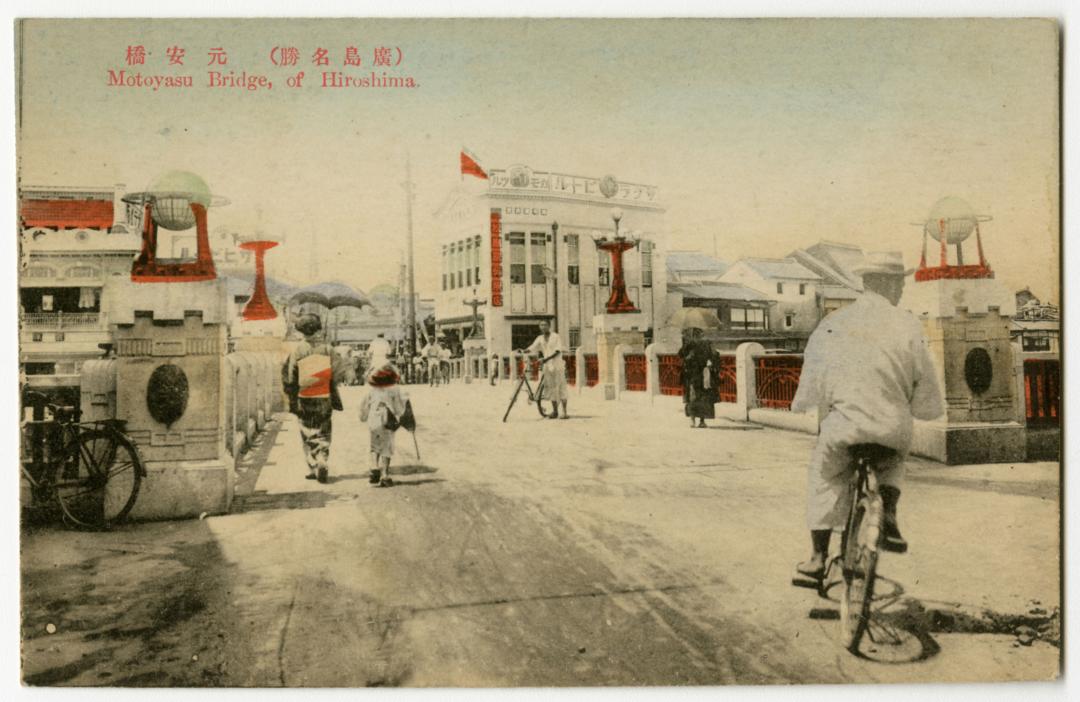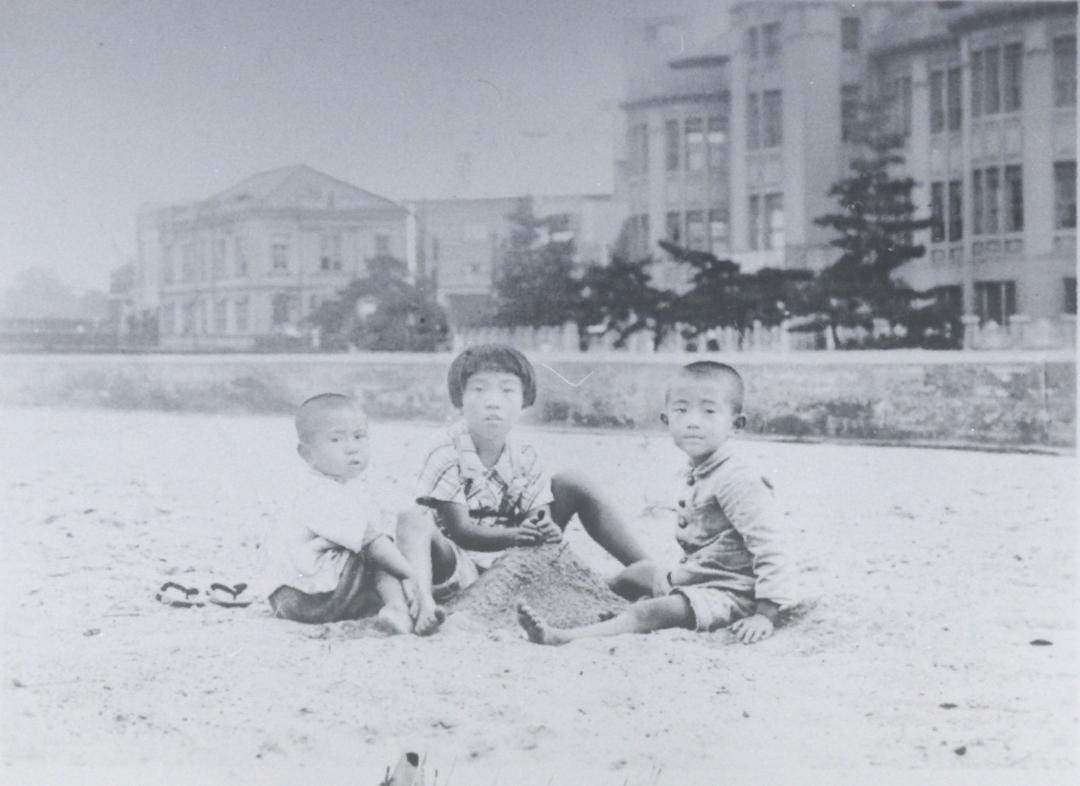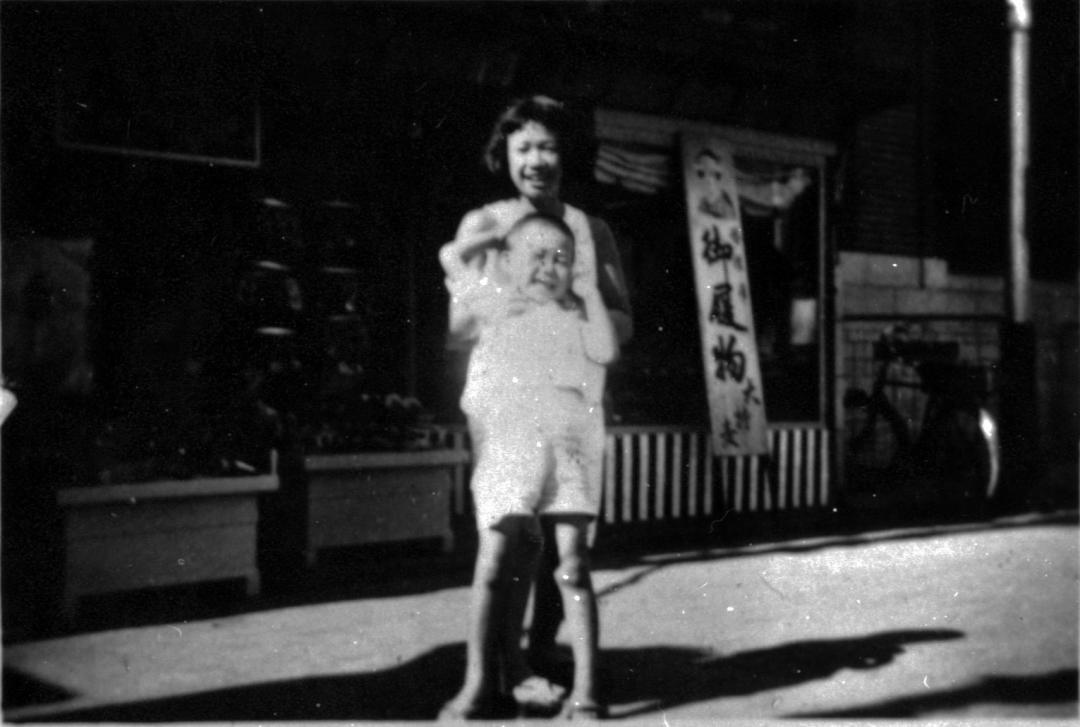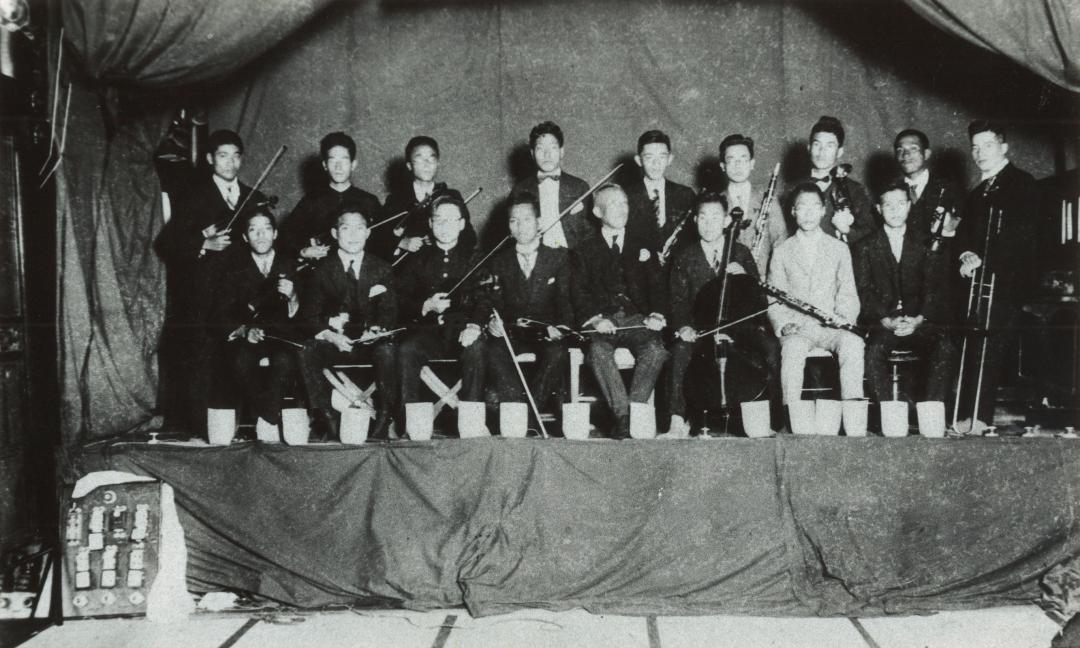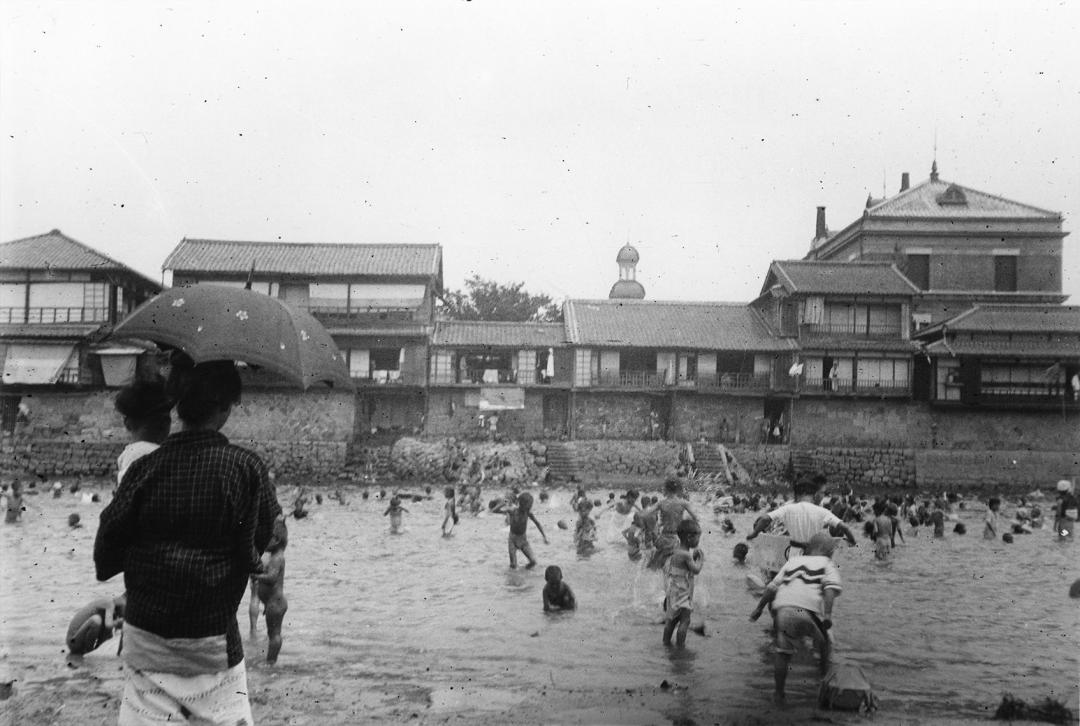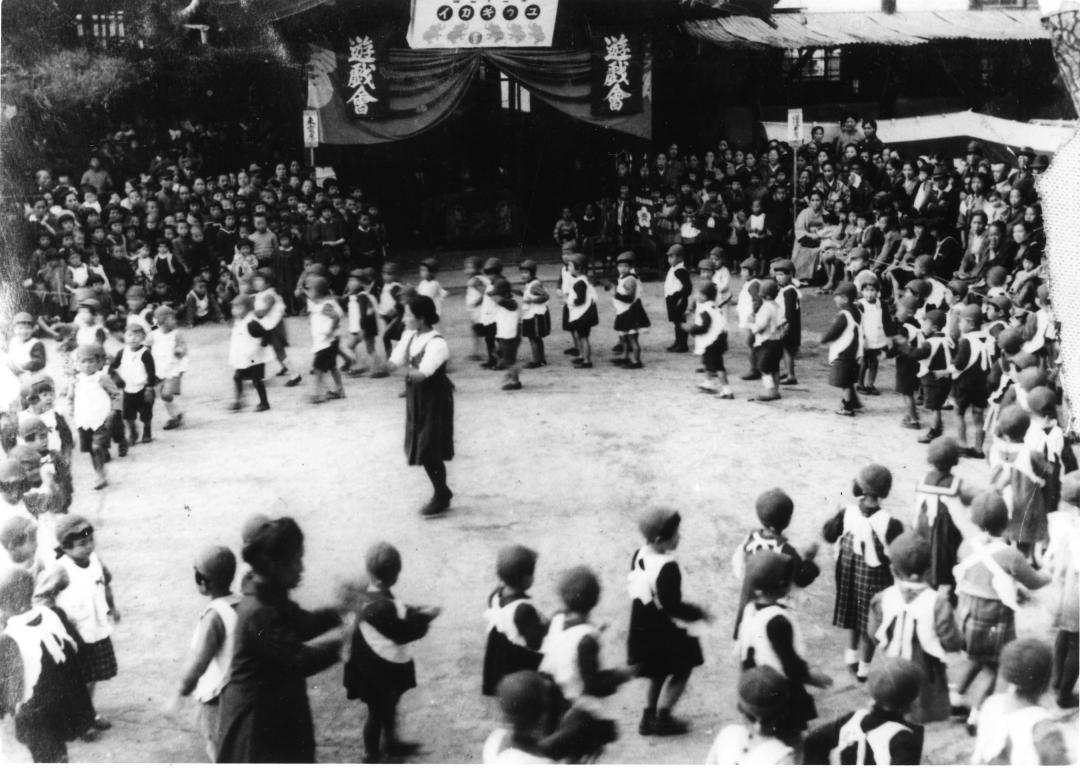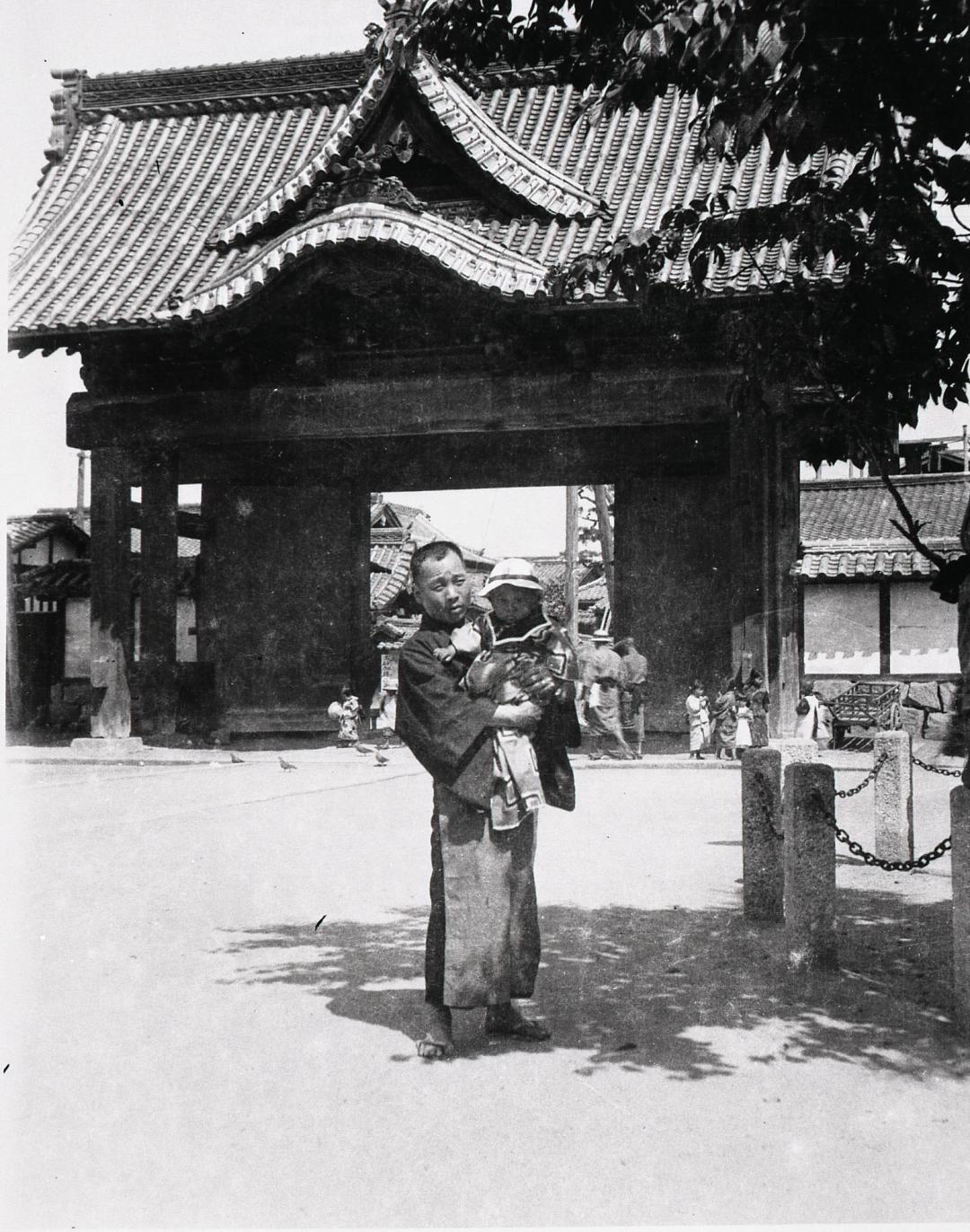❸ A Thriving Community: The Nakajima District Before the Bombing
Everyday Living in the City
Before the bombing, the Nakajima district was a thriving community composed of many smaller areas such as Nakajima Hon-machi, Tenjin-cho, Motoyanagi-machi, Zaimoku-cho, Kobiki-cho, and Nakajima Shin-machi. The photos and films which remain paint a picture of the everyday lives of those in the Nakajima district: men and women going to work, and the smiling faces of children.
The district’s main street, Nakajima Hon-dori, was lined with shops, its streets crowded with people shopping and working.
The children living in the district found places to play in the backstreets and alleyways, temple and shrine precincts, and the rivers which surrounded the district.
Buddhist temples and Shinto shrines lay scattered inside the district, acting not only as places for the people to find respite, but also as places where cultural activities could flourish.
2.The History of the Nakajima District
4.The History of the Rest House

